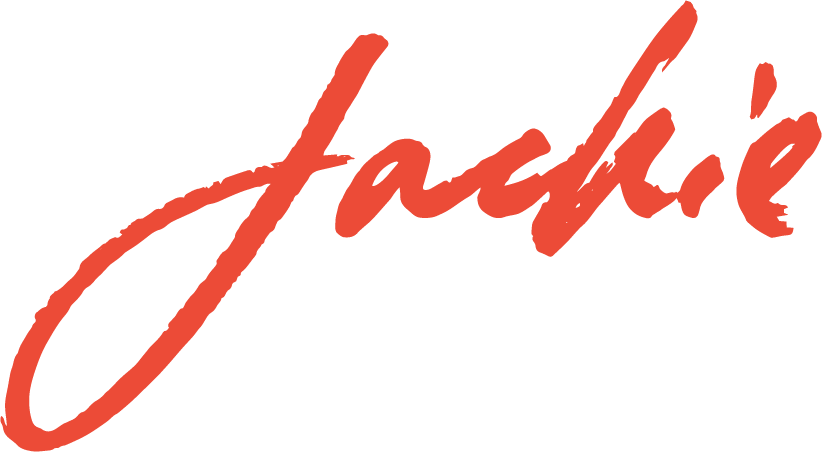Is Ethical Fashion Truly Ethical?
It is encouraging to know that the term “ethical fashion” has nearly reached mainstream status, but is it truly ethical? The fashion industry has long been taking advantage of young and underprivileged people and abusing the planet and its resources. While these social justice and environmental issues are enormously important, it can be disheartening that the wellbeing of animals is not typically in mind when we hear the terms “slow fashion” or “ethical fashion.”
Slow fashion refers to human labor and the rights of garment workers. When workers are forced to produce mass quantities at a rapid rate, it means countless hours at wages that fail to support life’s most basic necessities. This is because profit is based on the rate at which product is produced. When we think of the ways animals are used for fashion, like for the warmth of their furs and using feathers or wool, the same idea applies. When profit relies on the rate at which the product is created, we can only imagine how rushed the process of collecting animal byproducts can be. Unfortunately, this results in extremely cruel practices behind closed doors. If we are truly interested in striving to shop ethically, we must consider the way that animals are being treated.
There is controversy over which is more eco-friendly when it comes to fashion; vegan-friendly styles or products made with natural fibers that come from animals. For example, materials like nylon and polyester are considered petrochemicals which are non-biodegradable. They are basically plastics and we all know that the last thing we need more of on Earth is plastic. Items made from these materials are vegan-friendly by definition, but still take an immense toll on the environment. There are plenty of sustainable choices that are vegan-friendly like organic cotton, linen and hemp which are wonderful, durable alternatives.
At times, products that come from animals can be considered sustainable because they are natural, but we can’t forget about the processes in which they are manufactured. Factory farming is one of the leading causes of climate change worldwide. This includes farming for meat, but we can’t forget that animal byproducts are not shared or distributed between industries. What is left after farming, in the eyes of the fashion industry, is considered trash and the same goes for what is left from farming for meat. It is not as though we can reassure ourselves that when we purchase leather, “at least more of the animal was used,” because that is almost never the case.
While it is important to avoid purchasing items made with mostly synthetic fabrics, it is still an unsustainable option to fund the farming of animals for their byproducts. Besides the environmental impact of non-vegan clothing and accessories, what about the cruelty involved? How can we refer to something which involves the suffering of innocent beings as “ethical?” When animals are bred and held captive to collect and exploit for profit, we cannot consider the option of using the term “ethical.”
You may have noticed the no-fur trend that has been gaining popularity over the past few years. Brands like Prada, Burberry, Versace, Gucci, Armani, & Michael Kors have decided to ban fur because of the cruelty involved in its production. The San Francisco Board of Supervisors made San Francisco the largest city to ban the sale of new fur pieces. Retailers have been given until January 2020 to move their inventory and choose more ethical designs. While the trend of steering away from animal byproducts is growing, it is important to ask ourselves why we need to use animals for fashion at all.
We can all look forward to a day when the exploitation of animals comes to a screeching halt, especially for their own fur and skin. Not only is it unnecessary for those of us who have the resources to choose animal alternatives, but cruel. Yes, there are times when using animal byproducts is not only necessary, but ethical. For example, many remote Native American communities still utilize animal products. They live off the land and their survival truly depends upon the natural resources available to them. However, for the consumer society that many of us call our own, it is our duty to seek out ethical alternatives to animal byproducts. The more we learn about the impact of our consumerism, the better we can fine tune our spending to keep it in alignment with our core values. As important as it is, learning to shop consciously is a lifelong journey that can be daunting and overwhelming, but not impossible.
If you want to feel confident about what you are supporting when you purchase clothing and accessories, there are options that make the process easier. For example, the app, Good On You, rates brands by grades based on their transparency and ethical practices. Many fashion sites like Net-A-Porter are creating helpful menu options to guide shoppers to pieces that align with what they are most passionate about. If the traditional shopping experience isn’t for you, consider trying the first vegan-friendly, women's subscription box. Jackie V is a personal styling service that utilizes the subscription box model to connect with individuals who want to shop consciously nationwide. The most helpful tip I can offer a shopper who is new to and striving for, more conscious consumption, is to consider thrifting as it is extremely sustainable and affordable. When buying new, learn to admire the cost of consciously made pieces. They are typically pricier than fast fashion items because of the ethical wages and green manufacturing processes involved. Never let the uncomfortable truths behind industries render you discouraged. Be empowered by the knowledge you gain and let it guide you as you make choices that are in alignment with your core values and beliefs. You are in a position to make a difference.



